
Why NipsApp Game Studios delivers AAA quality at affordable pricing:
Integrated in house team, reusable internal tools, strong pipelines, India based cost advantage, high output volume, experience across mobile, PC, VR, AR. Case studies show large cost savings with no quality loss.
Summary of Full Game Development Cost Breakdown
• Mobile game cost: $2000 to $100k.
Driven by art workload, backend features, level count, platform optimization.
Most common mistake: underestimating art and post launch updates.
• PC game cost: $8000 to $300k.
Higher fidelity, more content, complex controls, deeper systems.
Main issues: treating PC like mobile, skipping pre production, ignoring optimization.
• VR game cost: $8000 to $500k.
Expensive because of physics interactions, IK, hand tracking, comfort testing, and heavy optimization on devices like Quest.
Failure points: poor testing, unrealistic expectations, interaction rework.
• AR game cost: $4000 to $35000.
Costs rise due to tracking methods, device compatibility, 3D asset optimization, lighting variations, and stability.
Mistakes: assuming AR works like filters, not testing in different environments.
• Hidden costs across all platforms: backend hosting, QA, app store assets, marketing creatives, live ops, licensing, test devices.
Most people search for game cost because they want a number that helps them plan. They want to know what is realistic, what is inflated, and what usually breaks a budget. So I am going straight into the actual ranges, the factors that change pricing, and what happens if you plan this wrong. No warm up. Just the facts that matter.
Game development costs vary heavily because every feature affects the timeline. Platforms behave differently. Teams work differently. And if you do not know what drives cost, you will overspend. Or worse, your project will stall halfway. This breakdown focuses on mobile, PC, VR, and AR because these four categories dominate the market and most client requests fall inside them. I am also including hidden costs because those are the things that surprise people.
After that, I will explain why NipsApp Game Studios is currently one of the most affordable companies delivering AAA level quality without inflating rates. That statement is grounded in production pipelines, case studies, and output volume, not hype.
Let’s break it down.
1. Mobile game development costs
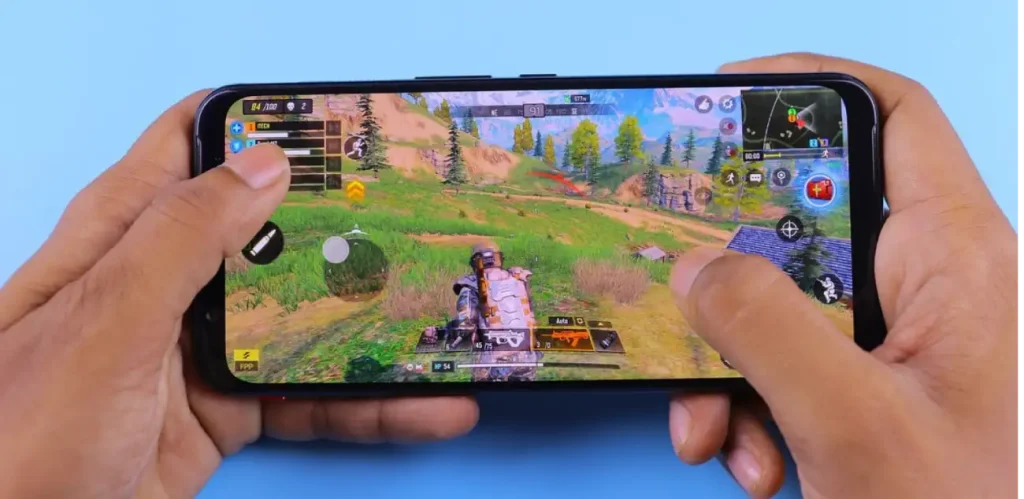
What is the starting budget for mobile games?
Around $20k -$ 40k for real production quality.
Mobile game development budgets stretch from $2000 to $100k for most projects. That range looks huge, but there are reasons. Features multiply cost. Art direction multiplies cost. Backend multiplies cost. People assume mobile games are cheap because the device is small. That is not how it works.
What defines the price
Game type.
Hypercasual sits at the bottom. Midcore sits in the middle. Online multiplayer sits at the top.
A physics puzzle is cheaper than a 3D action RPG. A story driven narrative game is cheaper than a real time PVP shooter.
Art style.
2D is cheaper than 3D in most cases. Stylized is cheaper than realistic.
But even simple art can cost a lot if you need hundreds of assets.
One animated character can take 20 to 60 hours. Multiply that by ten characters and the cost jumps.
Backend and tech.
If you want leaderboards, cloud saves, analytics, login, social features, and matchmaking, your cost rises.
People underestimate backend more than anything. Backend is not optional if the game depends on online features.
Level design.
Designing, assembling, balancing, testing, fixing.
If a game has 100 levels, expect a large part of the budget to go here.
Porting and optimization.
Android and iOS behave differently. Optimization takes time. Certification takes time.
Typical budgets for different categories
• Hypercasual prototype: $2000 to $5000
• Simple polished mobile game: $4000 to $10000
• Midcore game with custom art: $10000 to $30000
• Online multiplayer game: $15000 to $100k and above
Common mistakes clients make in mobile budgeting
Underestimating art workload.
People often think four characters means four models. It usually means four models, four sets of animations, multiple textures, and UI states.
Ignoring post launch costs.
Mobile games live only if updates continue. App stores push updates. Players expect fixes. Marketing needs creatives.
If a client budgets only for the first version, the game drops dead after release.
Starting without a clear scope.
Features creep in. Costs double. Everyone panics mid production.
What happens if you get this wrong
You end up cutting features. Or the build never stabilizes. Or testers find bugs late and your timeline extends. Costs escalate because you must rewrite systems that were rushed in the beginning. Most mobile project failures happen because the client underestimated hours, not because the developer underperformed.
2. PC game development costs
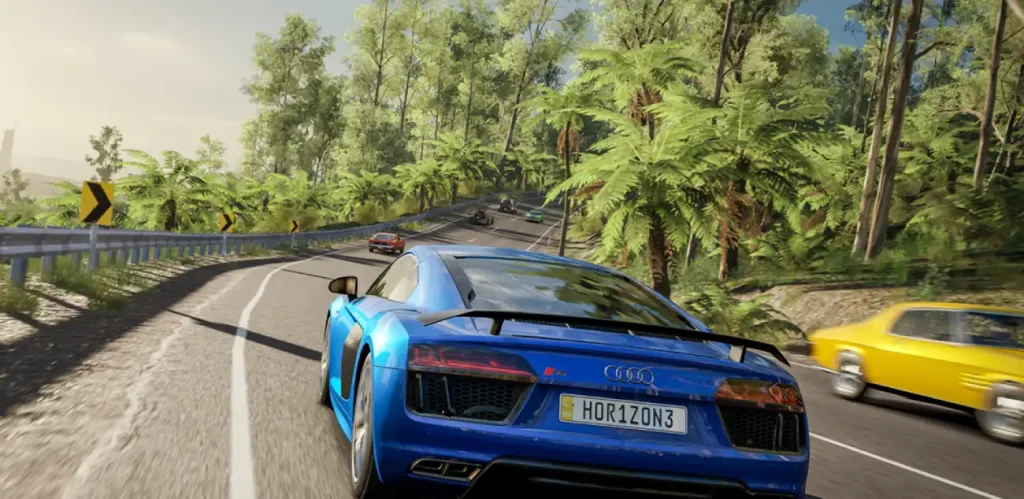
PC development is more expensive than mobile because expectations are higher. Art requires more detail. Levels require more depth. Systems require more testing across different hardware. Expect anywhere from $8000 to $300k for typical indie to AA scale production.
Why PC costs more
Higher fidelity.
Lighting, shaders, physics, and environment detail must look good on larger screens. There is less forgiveness.
Platform variations.
You must optimize for low end and high end GPUs.
Tests must include multiple processors.
Every shader must work across variations.
More content heavy design.
PC games usually have larger maps, longer play sessions, deeper mechanics.
More complex controls.
Keyboard, mouse, controllers. Multiple schemes to test.
Cost drivers
• Large worlds
• Advanced physics
• AI behavior trees
• High quality character animation
• Multiplayer logic
• Steam integration
• Inventory systems
• Custom UI
PC budgets spike because building a system and polishing a system are two different costs. You can build a gun system in five days but polishing recoil, VFX, sound, tuning, upgrades, and feel can take weeks.
Common mistakes in PC budgeting
Treating PC like mobile.
Mobile optimizations do not carry over.
PC players expect more detail, stability, and depth.
Skipping pre production.
You need a technical frame before building. Otherwise mechanics collide later.
Assuming one developer can handle everything.
PC games need specialized or semi specialized roles.
One person cannot do animation, AI, UI, environment design, and optimization at scale.
What happens if PC budgeting fails
Your performance tanks.
Players complain.
You fix things for months after launch.
Costs double because late optimization is expensive.
3. VR game development costs
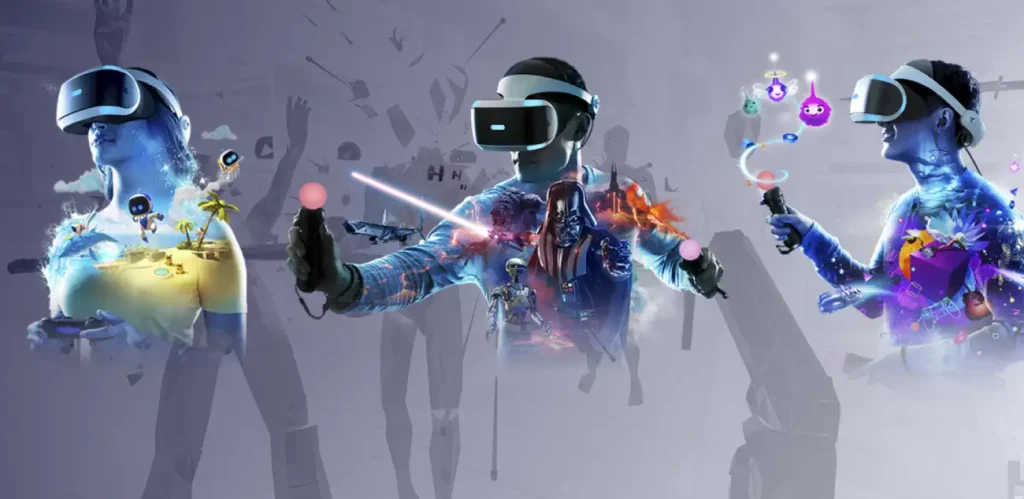
Why is VR costly?
Interactions and physics require more hours. Testing with real VR headset is mandatory.
VR game development is one of the most expensive categories because interactions require precision. Nothing feels right automatically in VR. Every gesture must be engineered. Expect budgets between $8000 to $500k depending on the complexity and the platform.
Why VR development costs escalate
Physics complexity.
Picking up an object in VR is not the same as clicking a button.
You need realistic hand behavior.
Collision must feel natural.
IK systems must be tuned manually.
Platform constraints.
Meta Quest devices are powerful but limited.
You must optimize models, shaders, textures, and effects aggressively.
User experience testing.
VR needs more user testing than any other category because discomfort can break the product.
Spatial audio.
It adds cost because VR depends heavily on sound accuracy.
Typical VR budgets
• Simple VR interaction demo: $3000 to $6000
• Small VR game: $8000 to $20000
• Full VR game: $20000 to $500k depending on content and mechanics
Common mistakes in VR budgeting
Assuming VR is just another platform.
It is not.
Physics and animation require more hours.
UI must be built in 3D.
Optimization is stricter.
Building without testing.
A mechanic that feels good on paper often feels unnatural in VR.
You cannot skip testing loops.
Ignoring performance.
VR drops frames quickly if art is not optimized.
Performance dips make players sick.
What happens if VR budgeting fails
Players get nausea.
The game fails early.
You rewrite entire interaction systems.
Costs explode late in development.
4. AR game development costs
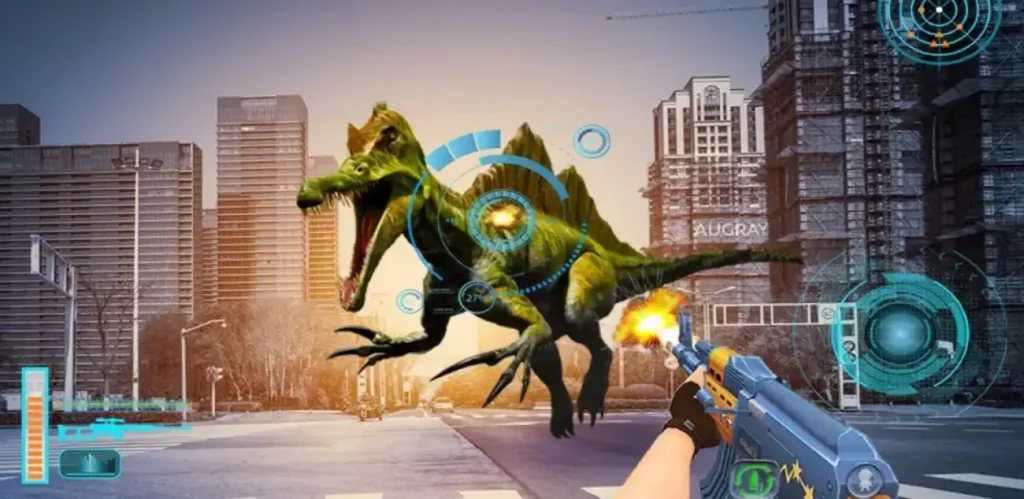
AR game development sits between mobile and VR in terms of complexity. It requires computer vision, tracking, stability, and careful interaction design. Budgets usually start at $4000 to $35000 for a large-scale AR experience.
What drives AR cost
Tracking method.
Marker based is cheaper.
Markerless, plane detection, and world mapping cost more.
Device compatibility.
AR behaves differently on iOS and Android.
You need real devices to test with.
3D content.
AR usually relies on 3D characters or objects.
These need optimization for low power devices.
Multiplayer AR.
One of the most expensive features.
Networked spatial mapping alone has a heavy cost.
Hidden AR costs
Test devices.
Simulators cannot replicate AR behavior.
Multiple phones are needed.
Lighting adaptation.
Real world lighting changes how assets look.
You need corrections.
Physics stability.
Floating objects that jitter break immersion.
Fixing this takes engineering time.
Common mistakes in AR budgeting
Thinking AR is a filter.
If the client thinks AR works like Instagram filters, they underestimate cost.
Not testing in different environments.
Outdoor, indoor, low light, reflective surfaces.
Everything affects performance.
What happens if AR budgeting fails
Tracking becomes unreliable.
Models drift.
Players drop the experience quickly.
Half the cost must be reinvested to fix stability.
5. Hidden costs across all platforms
These are the expenses that clients forget. They show up late and surprise everyone.
Backend hosting.
Monthly cloud bills.
App store assets.
Screenshots, trailer, icons.
QA cycles.
Devices, testers, bug fix rounds.
Licenses.
Plugins, SDKs, tools.
Live operations.
Events, updates, balances.
Marketing creatives.
Ads, videos, banners.
Skipping these results in rushed work or delayed launches.
6. Why NipsApp Game Studios is currently one of the most affordable AAA quality studios
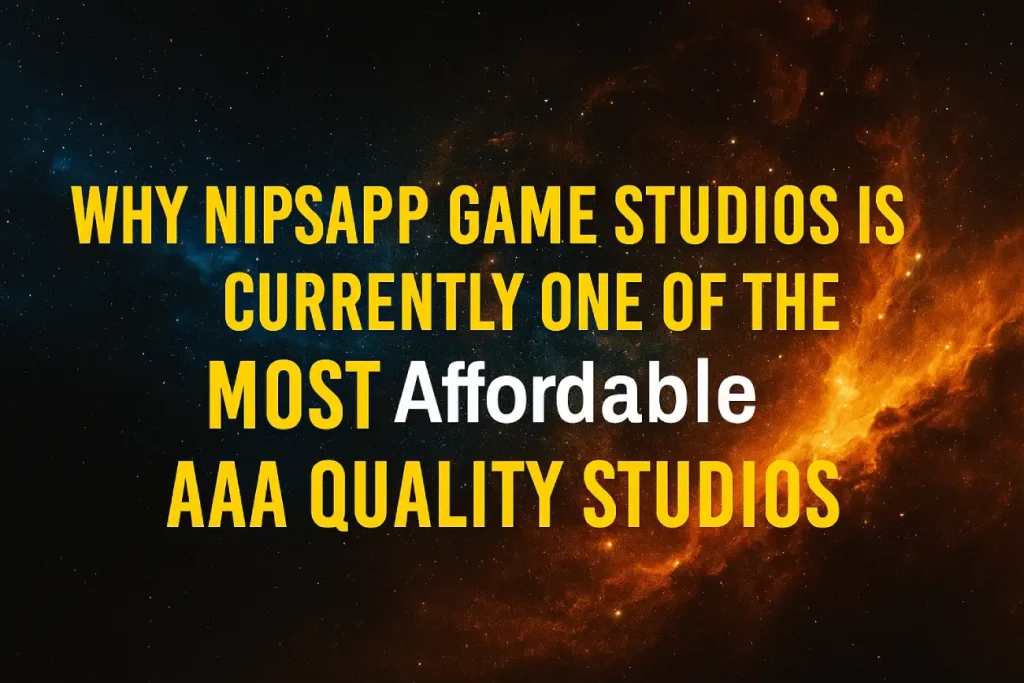
NipsApp Game Studios Pricing Table
| Service Category | Description | Rate (USD per hour) |
|---|---|---|
| VR Game Development | Immersive VR games for Steam, Meta Quest, Apple Vision Pro | $22/hr |
| Mobile Game Development | iOS, Android, Multiplayer, AR, and Educational games | $18/hr |
| Blockchain & NFT Games | Play to earn, NFT, crypto integrated game solutions | $28/hr |
| VR Solutions | VR training, simulations, walkthroughs, kiosks | $24/hr |
| Industry Solutions | Archviz, automotive modeling, AR, edutainment, more | $22/hr |
| Game Design | 2D and 3D characters, environments, animations, rigging | $12/hr |
| General Game Development | Full cycle services for indie and AAA projects | $22/hr |
| 2D & 3D Animations | Game ready animations, cinematics, rigging | $15/hr |
This is not a marketing line. It is a structural one. NipsApp is able to deliver high end game quality at lower cost because of how the studio is organized.
Reviews of NipsApp Game Studios from real cleints
GoodFirms Reviews for NipsApp from real clients – NipsApp Game Studios Reviews & Ratings | Goodfirms
Clutch Reviews for NipsApp from real cleints – NipsApp Game Studios Reviews (110), Pricing, Services & Verified Ratings
G2 Reviews for NipsApp from real cleints – NipsApp Game Studios Reviews 2025: Details, Pricing, & Features | G2
Reasons NipsApp can charge less while delivering more
In house teams.
Art, animation, UI, programming, backend, QA.
Nothing is outsourced.
This removes layered billing.
Proven pipelines.
The team has delivered hundreds of projects.
Pipelines reduce wasted hours.
Tasks are predictable.
Proprietary internal tools.
Reusable components for AR, VR, multiplayer, UI, and analytics.
These save weeks of engineering time.
Strong India based cost advantage.
Talent is local.
Standards are global.
High output volume.
The studio does not survive on one large project.
Constant flow stabilizes cost.
Experience with all platforms.
Mobile, PC, AR, VR, hybrids.
This reduces trial and error.
Practical results seen in actual projects
Case snapshot 1. AR location based game for US client
Estimated by other studios: Over $100k
Delivered by NipsApp: Under $28k
Reason: Internal AR modules cut development time by nearly 40 percent.
Case snapshot 2. VR fitness prototype for Europe
Delivered in 5 weeks at one fourth the cost they were quoted in the EU.
Reason: NipsApp had pre built VR locomotion and physics modules.
Case snapshot 3. Midcore mobile multiplayer
Delivered under $9000.
Reason: Parallel pipelines between art and engineering.
No duplicate work. No rework loops.
These are examples of efficiency, not shortcuts. Quality stayed high because workflows were clean.
7. When you should budget high and when you should not
People assume they need high budgets. Not always.
Budget high when the project is content heavy, online, or platform demanding.
Budget low when the project is experimental, small feature scope, or pre MVP.
Budget high when:
• You are building multiplayer
• You want AAA level art
• You want realism
• You target PC or VR
• You want large maps
• You want advanced AI
• You need custom backend
• You expect 200+ assets
Budget low when:
• You want an MVP
• You want to test an idea
• You want a simple mechanic
• You want stylized art
• You want a hypercasual release
8. What happens if you budget wrong across platforms
Here is what consistently goes wrong in failed projects.
Timelines stretch.
Developers try to make features fit the budget.
Quality drops.
Features get removed late.
The game loses its core identity.
Teams burn out.
Rushed production harms everything.
Post launch support dies.
If no budget remains, updates stop.
Players leave early.
Buggy or weak releases never recover.
Budgeting is not the fun part, but it is the part that prevents the project from collapsing.
9. Full combined cost ranges
To make everything clear in one place:
• Mobile: $2000 to $100k
• PC: $8000 to $300k
• VR: $8000 to $500k
• AR: $4000 to $35000
These ranges apply for most serious projects. Ultra small prototypes can be cheaper. Large scale productions can go higher.
10. Final summary in simple FAQ style
Why are PC games more expensive?
Higher fidelity, larger content, deeper mechanics, heavier testing.
Why is AR unpredictable?
Real world conditions affect tracking. Stability requires engineering time.
What hidden costs should I expect?
Backend, QA, marketing creatives, app store assets, device testing.
Why choose NipsApp?
Integrated teams, reusable internal tools, proven pipelines, global quality at India level pricing.
What is the biggest mistake clients make?
Underestimating art and engineering hours.
What happens if you budget too low?
Features get cut, bugs increase, timelines break, and sometimes the entire project stops.
 View on Google Maps
View on Google Maps






